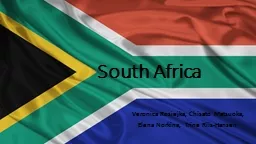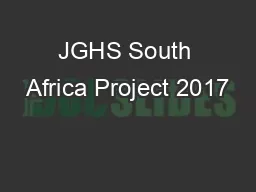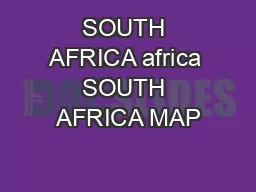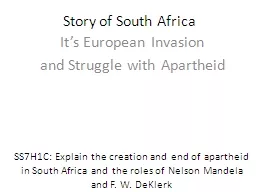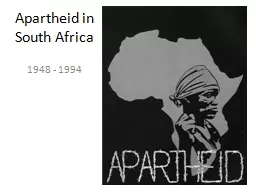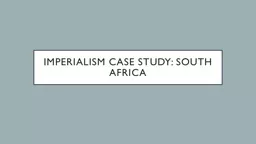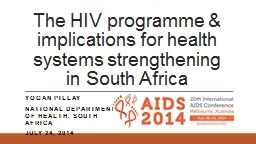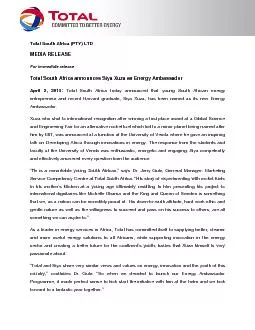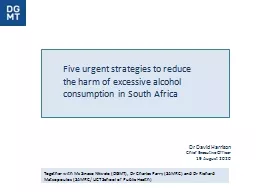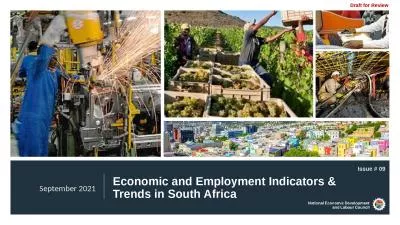PPT-South Africa Veronica Rosiejka,
Author : alexa-scheidler | Published Date : 2018-02-26
Chisato Matsuoka Elena Norkina Trine RiisHansen Background of South Africa 11 official languages and at least 8 other unofficial languages 5 ethnic groups Black
Presentation Embed Code
Download Presentation
Download Presentation The PPT/PDF document "South Africa Veronica Rosiejka," is the property of its rightful owner. Permission is granted to download and print the materials on this website for personal, non-commercial use only, and to display it on your personal computer provided you do not modify the materials and that you retain all copyright notices contained in the materials. By downloading content from our website, you accept the terms of this agreement.
South Africa Veronica Rosiejka,: Transcript
Download Rules Of Document
"South Africa Veronica Rosiejka,"The content belongs to its owner. You may download and print it for personal use, without modification, and keep all copyright notices. By downloading, you agree to these terms.
Related Documents

